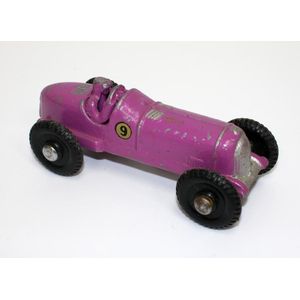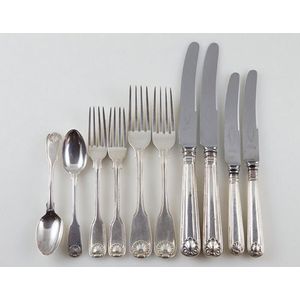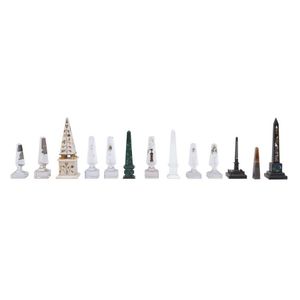19th Century Obelisk Paperweight Collection
You must be a subscriber, and be logged in to view price and dealer details.
Subscribe Now to view actual auction price for this item
When you subscribe, you have the option of setting the currency in which to display prices to $Au, $US, $NZ or Stg.
- Neo Classical - The period or style, known as "neo-classical", was based on Greek and Roman designs and motifs, and is usually associated with the influence of the four Adam brothers, but principally Robert Adam, the second oldest of the brothers, who were architects and designers, active in the latter half ot the 18th century (1760s to 1790s).
Born in Scotland in 1728, Robert Adam spent time in Italy studying and his designs are influenced by the finds made during the excavation of Pompei.
When he returned to England he became the Court Architect to George III (1738-1820).
In turn, designs by Adam then influenced Hepplewhite.
Neo-classical ornamentation is characterised by use of classical urns, palmettes, mythical creatures such as the sphinx and griffin, ram's heads, swags, scrolling foliage, and use of the Greek key pattern. - Alabaster - Alabaster is soft natural stone used for statuary, with a similar appearance to marble, but easier to work with. As it is softer than marble, an item made from alabaster can be scratched with a metal object, and an alabaster item does not polish to a high surface gloss like marble.
Alabaster objects can be semi-translucent. Alabaster occurs in a pure white form and also with veining from dirt. Colours vary from white through yellow and pink to brown. The veining is usually green or black but can be multicoloured.
Being semi-translucent, alabaster is often used for the bowls of figural lamps, with the figure itself being either alabaster or marble.
This item has been included into following indexes:
Visually similar items

Fun Ho!, 314, racing car # 9 finished in lilac, excellent original. Length 17 cm

Christofle 'Atlantide' pattern flatware consisting of sixteen large knives, sixteen large forks, sixteen soup spoons, sixteen dessert spoons, sixteen dessert knives, sixteen dessert forks, twenty-two fish knives, twenty-two fish forks, twenty butter knives

62 piece sterling silver suite of cutlery fiddle, shell and thread pattern, various dates

Three Holmegaard glass vases, one clear dark blue with 'Holmegaard 19 61' incised to base, one clear light blue with 'Holmegaard 18121' incised to base and the other clear yellow glass with 'Holmegaard 19 59' incised to base, each with incised Per Lutken i
